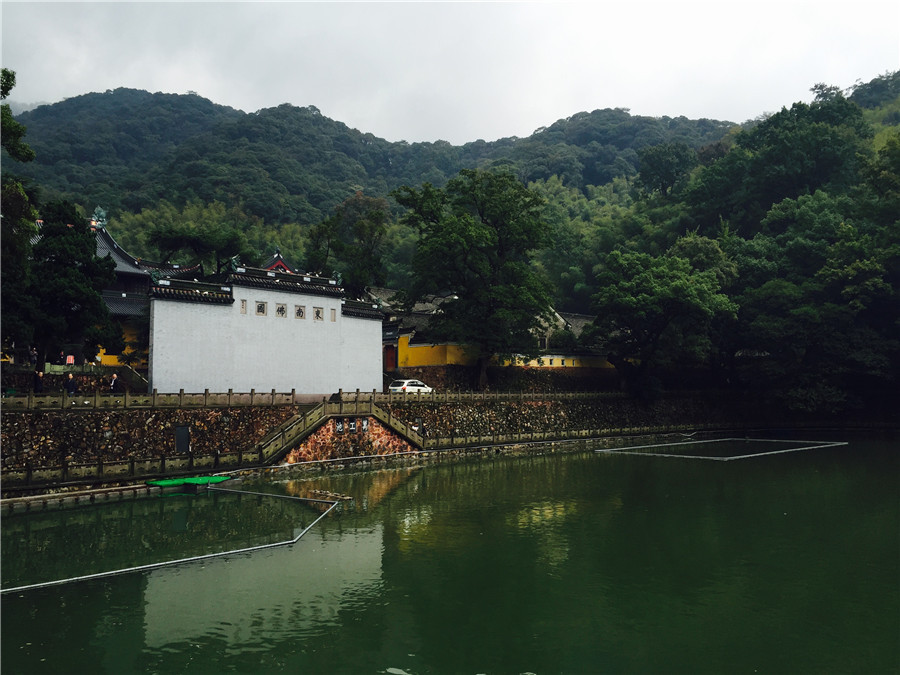Tiantong Temple

Tiantong temple is often referred to as the "Dongnan Foguo (Buddhist Country in Southeast China)" since the Tang Dynasty (AD 618-907). [Photo by Ruan Fan/chinadaily.com.cn]
Tiantong Temple is one of the five sacred Chinese Chan (Japanese: Zen) Buddhist temples. It is often referred to as the "Dongnan Foguo (Buddhist Country in Southeast China)".
Located in East China's Zhejiang province, the temple is about 15 miles east of Ningbo city and near the Ayuwang (Asoka) temple. It is set located in the sacred East Mountain in the Tiantong Forest Park amid thick wood and numerous famous scenic spots.
Built around AD 300 and rebuilt after a heavy flood in the Ming Dynasty (1368-1644), the temple covers an area of 58,000 square meters, and has more than 20 ancient buildings, including Tianwang Dian (Hall of Heavenly King), Fatang (House of Buddhist Texts), Xianjue Tang (House of Foresight). The Imperial Inscriptions and Steles by Emperor Shunzhi, Emperor Kangxi and Emperor Yongzheng in Qing Dynasty could be found in the temple.
As a holy place of Buddhism, Tiantong Temple plays an important role in the cultural exchanges between China and Japan and it is well known in Southeast Asia. It is an important pilgrimage site, since the Caotong (Soto in Japan) sect of Buddhism had its origins here. In the early 13th century, a 26-year-old Japanese monk, Dogen Zenji, met the Soto monk Rujing, and studied with him for two and a half years.

 Print
Print Mail
Mail
 Zhejiang Release
Zhejiang Release Zhejiang News
Zhejiang News